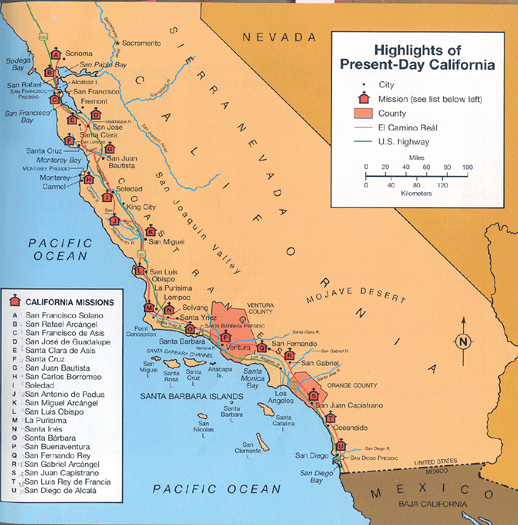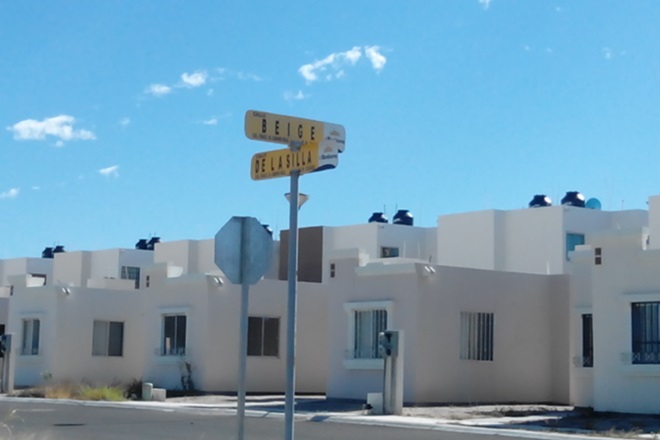

Mission San Jose in Fremont once controlled a huge expanse of what we now know as the East Bay. In many ways, they were inspired by works of fiction like Helen Hunt Jackson's 1884 novel, "Ramona." Although Jackson meant to expose the mistreatment of the "Mission Indians," the book fed the public's desire for a romanticized vision of Spanish California. Groups like the Landmarks Club, led by the Los Angeles historian Charles Lummis, and the Native Daughters of the Golden West pushed to reframe a collection of dirt roads into a “rediscovered” king’s highway. They wanted something fun, happy and exotic. Kropp details in her excellent book, "California Vieja," few people wanted that version of history. What do you wonder about the Bay Area, its culture or people that you want KQED to investigate?īut at the turn of the 20th century, as Phoebe S. They followed trails that had already been developed by indigenous people up and down the California coast." "Often enough you read in textbooks that they blazed trails," Senkewicz says. There were a number of ways the Spanish were given credit for things they didn't do. "They did glamorize it, thinking it was all wonderful."

Not that our question asker Debbie Torrey - or I - learned much of this in the fourth grade, which is when a lot of California schoolchildren study the subject. Of course, what was really going on here was the enslavement of local tribespeople, who were reeling under the impact of European diseases, forced religious conversion and the destruction of their entire way of life. "The mission past that they construct was a fantasy past: heroic missionaries, happy, contented Indians, fandangos all over the place," Senkewicz says. Originally built in 1777, this mission was restored in 1822 and again in 1928. Professor Robert Senkewicz of Santa Clara University in Mission Santa Clara. They looked around and saw crumbling Spanish missions: 21 of them, from the Mexican border all the way north to Sonoma. In America, there’s a rich tradition of just-got-here-yesterday people concocting romantic origin myths, and a number of influential Southern Californians wanted one of their own. And the Anglo population really increases with the arrival of the railroads in Los Angeles in the 1880s." "By about the 1870s, you get more and more Anglos, Americans, coming into Southern California. "What happened in terms of the El Camino Real has more to do with Southern California than it does with Northern California," Senkewicz says. NPR One or your favorite podcast platform. Then he makes a left turn I was not expecting.īay Curious is a podcast that answers your questions about the Bay Area. "Technically, all of this belonged to the King of Spain," Senkewicz says, and many major roads would have been called El Camino Real.
REAL EL CAMINO SERIES
There, Senkewicz began to unravel a series of falsehoods that have been "common wisdom," starting with the surprising truth that there were many El Camino Reals all over the land that Spain used to control in the New World, from 1769 to 1821. In fourth grade, she received a heavily abbreviated and overly rosy history of Spanish-era California. Debbie Torrey of Campbell grew up in the San Francisco Bay Area.

We met up with American History professor Robert Senkewicz of Santa Clara University, which happens to host one of the Bay Area's five Spanish missions, Mission Santa Clara.


 0 kommentar(er)
0 kommentar(er)
